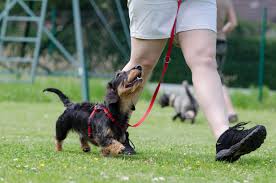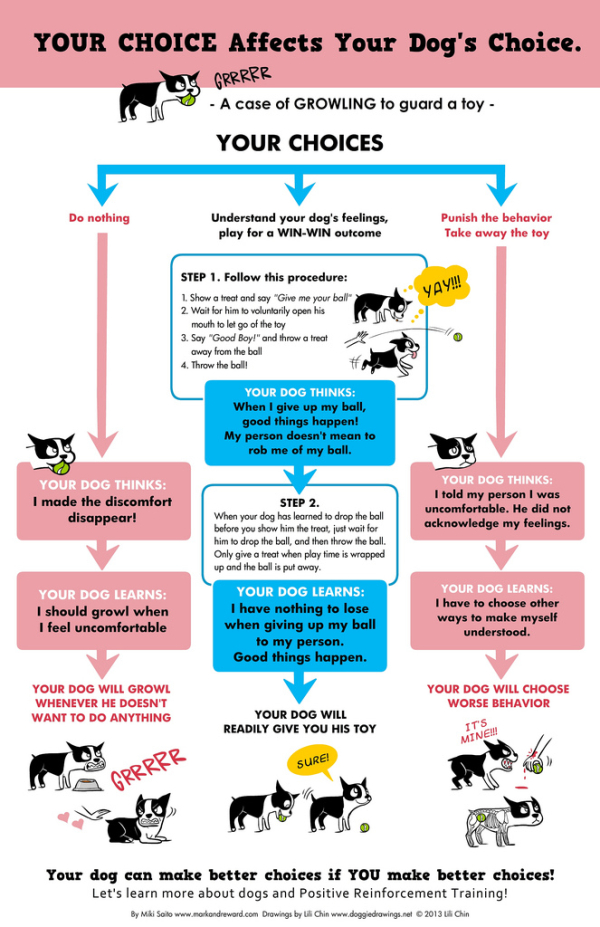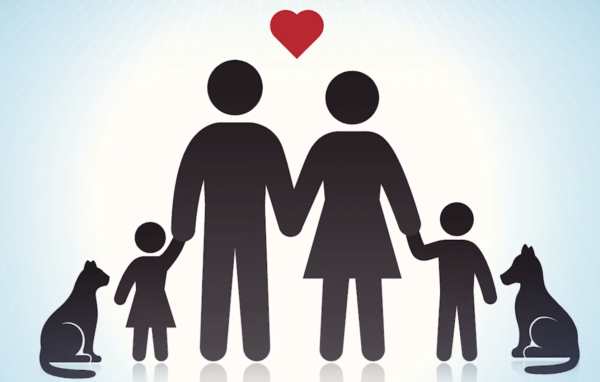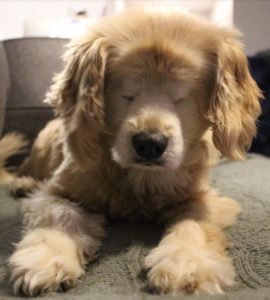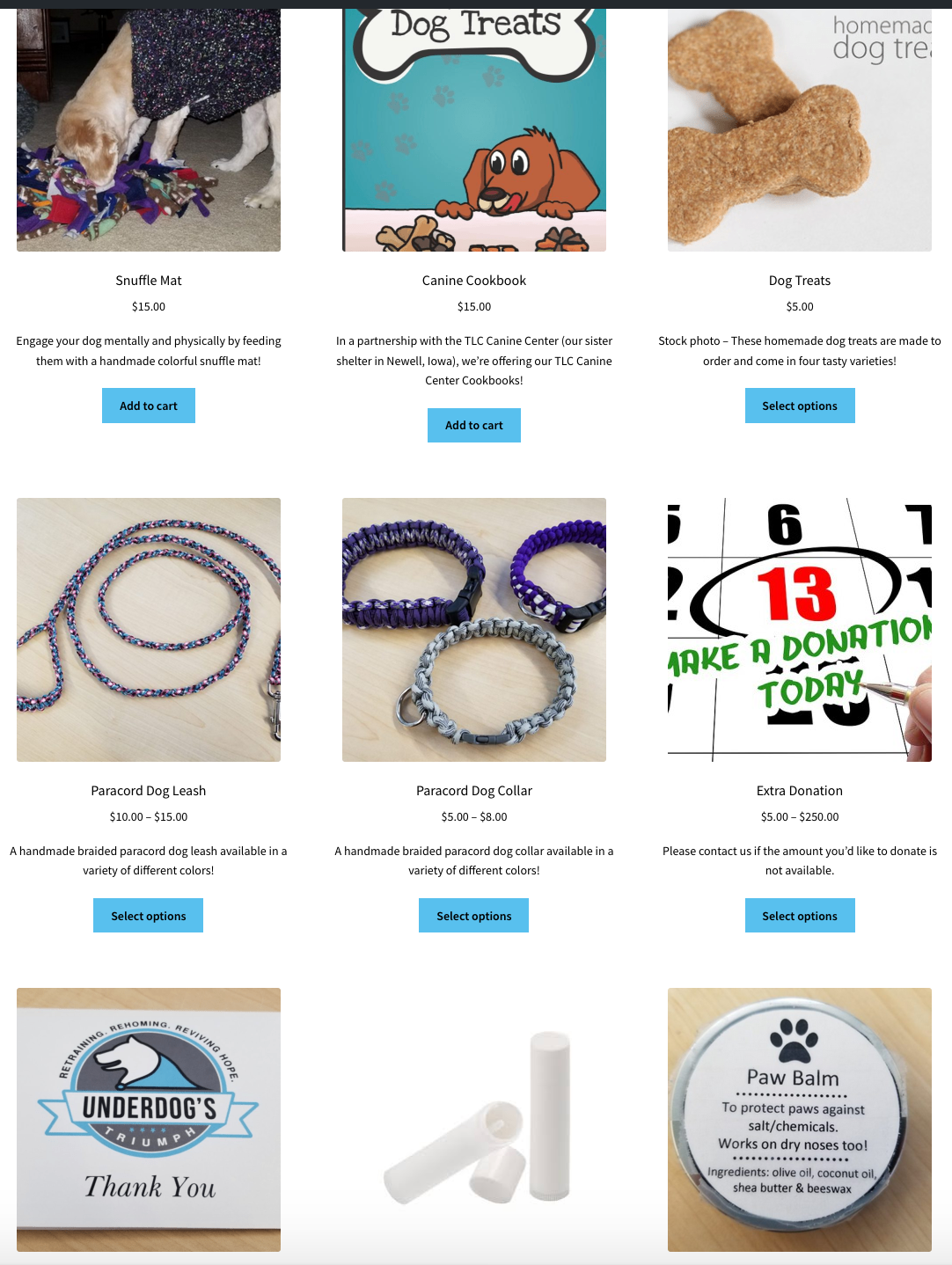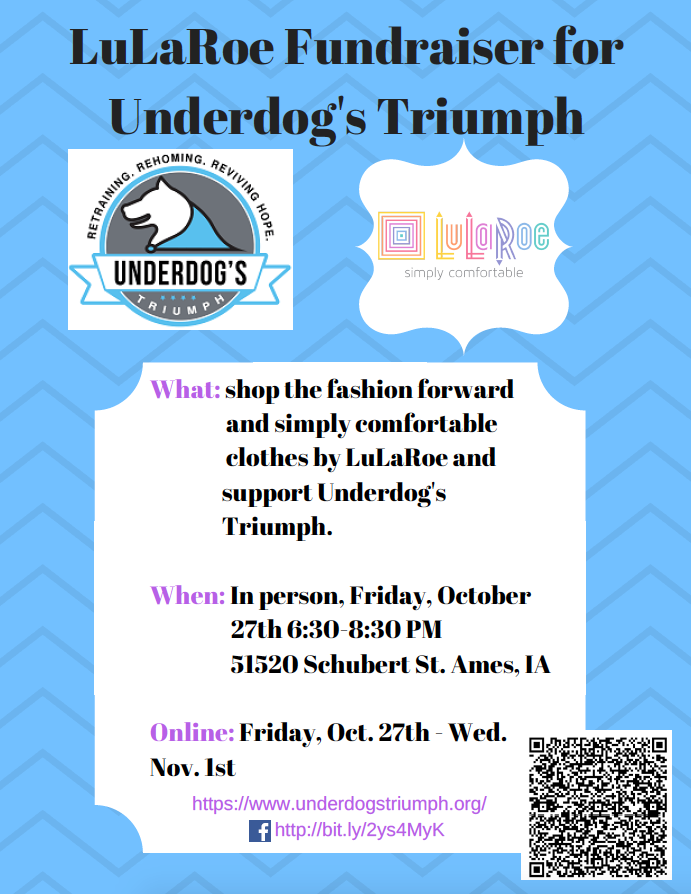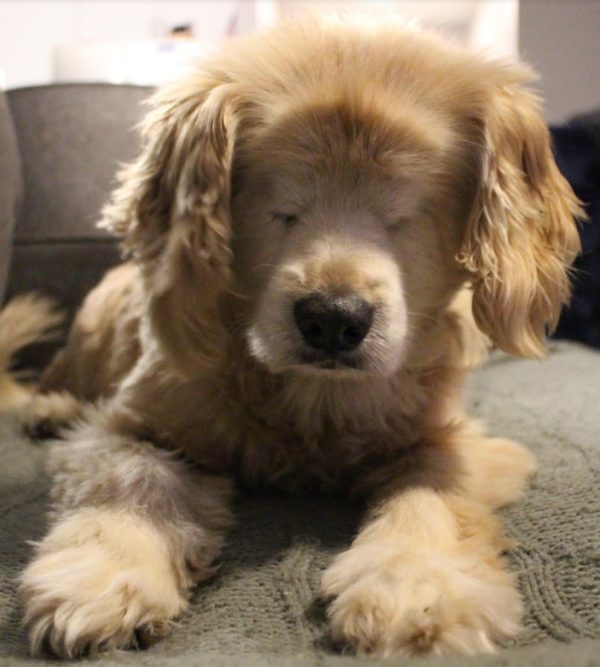
If you were to have talked to me five years ago and asked me what the hardest part about training dogs would be, I would have said the dog (of course!). In practice, my humble self has come to realize that 95% of dog training is actually people training.
I see my clients, on average, once every two weeks for about an hour. This concentrated time is when I talk to them about the techniques we’re going to try, try those techniques and have them practice doing them as well. Then I leave. Those other 336 hours before I see them again. Those are time for the owner to work with the dog. Turns out, I don’t actually do a lot of training at all. Instead I spend that hour teaching the human in the equation how to train their dog. In essence after all this dog training and study turns out I’ve actually become a human trainer.
In my prior education, I’ve read some “human training” books about how to work with all the various types of clients you might encounter in your day to day training life. These types of books tend to categorize people into “types” of people with personality traits that you will need to know how to react to.
The book I read for the CATCH Dog Training Academy was called: “It’s Not the Dogs, It’s the People! A Dog Trainer’s Guide to Training Humans” by Nicole Wilde and labeled people such things as “Argumentative Al,” “Bland Betty,” “Look-at-Me, Leah” and “Know-It-All Ned.” The book was pretty good. It went through and discussed techniques you could use to manage those types of personalities who oftentimes can be disruptive to classes.
Recently I entered into a situation where I would need to talk to (and hopefully convince) a client that the methods they were using were not only no longer considered modern day methods in the dog training community, but some might even go so far as to classify these methods as being cruel. Being the first time I had ever done this in a one-on-one setting, I reached out to the dog training community and asked for advice. And like most communities, they gave me gobs of it!
One of the books they recommended was called: “The Human Half of Dog Training: Collaborating with Clients to Get Results” by Risё Vanfleet. One thing you might notice right away was the difference in how the title is phrased. The first book “It’s the People” gives off a tone of frustration at having to deal with these types of people in class. It implies that dealing with these people is unpleasant and must be suffered through to help the dogs. The second book, whoever, “Collaboration” and “Get Results” turns the focus on how to get through difficult times so you can all be winners.
And folks. Let me just tell you this “Human Half of Dog Training” book (even though I’m only half way through), has seriously changed my approach entirely to dealing with dogs and their people. It talks all about how cognitive dissonance (aka trying to hold or come to terms with two different contradictory beliefs/ideas) and understanding of basic psychology plays such a huge part in how successful you are with clients.
Let’s look at a (made up) example of how this book has changed my approach. This client, let’s call him Donald, comes to me with his dog tucked behind him with shock collar around the dog’s neck. “My dog never listens to me,” he says. “I can shock and shock and shock him and he just keeps going right on doing whatever he wants to. And if that wasn’t enough he always runs away whenever I call him. Playing keep-away in the backyard when I’m ready for bed!”
Internally, I think most of us would like to smack the man upside the head with a rolled up newspaper. Some might even like to take the shock collar off the dog and put it right back onto the human. I’d like to launch right in about how literally everything the man is doing to this shy dog is making the situation worse. The dog runs away from him because there is NO trust between dog and canine.
However, launching into a lecture about how everything the person is doing is wrong, makes Donald throw up all the barriers. He goes on the defensive. Then we’d go into how positive, force free training works better than that terrible and painful shock collar he’s been using. Now Donald is fighting multiple issues. He’s being told an entirely new way of doing things (and folks change is scary). He’s going to have to learn a new thing (and what if he can’t do it?). He’s being talked down too and scolded like a child (so why should he listen anyways). He’s always trained dogs like this in the past (so why should he have to change now).
Instead, “Human Half of Dog Training” says, we can and should work with Donald (because remember, he did come freely to us for help). We can empathize how frustrating it can be when a dog doesn’t listen to you. We can share a similar story of a dog we’ve owned or worked with. We can introduce new concepts slowly bridging off of things he already knows. We can talk about our least favorite high school teacher who caused us to live in fear of being called on because we’d always get nervous and make a mistake and the teacher would call us out in front of the whole class. We hated and resented that teacher didn’t we? Did we work hard for that teacher? Did we dread their class? Instead we can ask Donald, What type of teacher did he like growing up? What made that teacher awesome?
“Human Half of Dog Training” doesn’t lump folks into categories. Instead it talks about how typical people react to situations of conflict. They can push back, they can resist, they can even lash out or shutdown entirely. In reading it, it reminded me too a lot of dog training. We don’t lump dogs into categories of “dominant” or “shy” or “hyper” and use only methods suited to that one type of dog. Instead we study and learn about dogs as a whole. About their body language. Their movements. Their emotions and desires.
So shouldn’t we do the same thing for us humans too?

